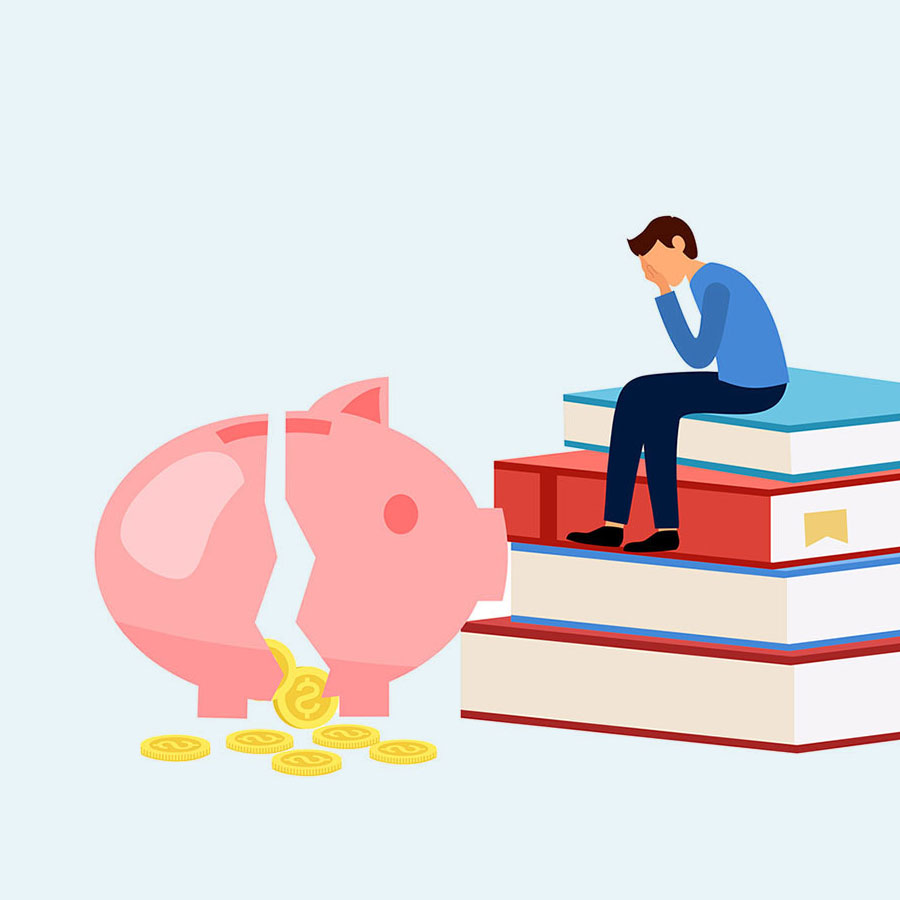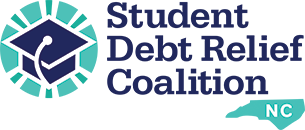 The Changing Student Debt Landscape
The Changing Student Debt Landscape
One of the key challenges that student loan borrowers are facing in the current day is constant change. In the last 4 years alone, the PSLF program has been overhauled and simplified, the IDR forgiveness opportunity is being actively adjusted to give people more credit, there is a new payment plan option, there was a payment pause and return to repayment, and we’ve seen announcements, applications, and Supreme Court decisions about possible student loan forgiveness. Even for experts, it can feel impossible to keep up.
This page will attempt to give you a rough overview of important news in the student debt world, but changes happen everyday – be sure to consult with StudentAid or your student loan servicer to see what applies to you and what doesn’t.
Legal Challenges to SAVE & “Plan B” Forgiveness
In recent months, you may have seen headlines about the SAVE repayment plan and “Plan B” forgiveness being caught up in legal battles.
In July, following a lawsuit filed by several states claiming harm, a federal court issued an injunction preventing the US Department of Education from implementing parts of the Saving on a Valuable Education (SAVE) Plan, and other IDR plans, including – for example – SAVE’s monthly payment formula and loan forgiveness under the SAVE, PAYE, and ICR plans. You can learn more about how this impacts borrowers directly from StudentAid.gov.
The headlines for how borrowers are impacted are:
- All borrowers in the SAVE plan have been enrolled in a forbearance. These borrowers won’t have to make payments and will not accrue interest on their loans, but this time does not count for Public Service Loan Forgiveness or income-driven repayment (IDR) loan forgiveness.
- All income-driven repayment (IDR) applications are PAUSED in their processing, even though borrowers can still submit their applications if they wish.
- There is a lot of confusion! Not understanding why you are being placed into a forbearance, for how long, or given the opportunity to change your payment plan is frustrating, confusing, and has a real long-term impact to those pursuing PSLF and IDR forgiveness who will now have longer timelines to forgiveness, through no fault of their own.
There is also the legal challenge to “Plan B” debt forgiveness, which would forgive runaway interest and streamline processes for other forgiveness programs. In the midst of all that is going on, seeing headlines about this challenge can be especially confusing, since this has no real-time impact to borrowers on their current loans, payments, or other factors, since the proposed relief was still only just proposed, not implemented. You can read more about those legal challenges and headlines from PBS, here: https://www.pbs.org/newshour/politics/after-a-day-of-legal-whiplash-bidens-student-loan-cancellation-plan-is-put-back-on-hold
President Biden’s “Plan B” Student Debt Forgiveness
In 2024, President Biden announced his administration’s intentions to bring student debt forgiveness and relief to millions of Americans using a new strategy following the striking down of his original relief proposal. The new plan will pull on the power of federal higher education law rather than on emergency presidential powers, as his last attempt did.
The old plan promised broad-based relief to many borrowers, and the new plan promises the same, but to more targeted groups of borrowers. Borrowers who would see relief include individuals identified as experiencing “hardship” such as those who have paid for many years, those whose debts have grown over time, and those who enrolled in low-financial-value programs. One of the proposed methods for relief is the cancellation of accrued interest for borrowers whose incomes are below $120,000, or $240,000 if they are married.
The full details of this plan are not in place yet and faces many legal challenges ahead from those who oppose debt relief in 18 states. You can learn more about the challenges to this plan for relief from the Student Borrower Protection Center: https://protectborrowers.org/blog-biden-admins-latest-effort-to-save-borrowers-and-states-that-are-hell-bent-to-stop-it/
The SAving on a Valuable Education IDR Plan
Borrowers struggling with their monthly payments should learn more about the newest IDR plan, SAving on a Valuable Education (SAVE).
The SAVE plan is important to know about for a few reasons:
- SAVE offers an “interest benefit,” which basically means that if your determined payment amount doesn’t cover your accrued interest each month, the remainder of the accrued interest will be waived. This means that if your monthly payments don’t cover all your interest, your balance won’t grow over time due to interest.
- All IDR plans are based on your income, but SAVE accounts for more of your day-to-day expenses by basing payments on a smaller percentage of your income than other IDR plans. This means it is often the lowest monthly payment for the majority of borrowers.
- Beginning in February 2024, being on the SAVE plan will offer “early IDR forgiveness” for individuals whose original loan balances were lower – see more about forgiveness in our other resources.
The Income Driven Repayment Account Adjustment
In April 2022, the Department of Education announced that it would conduct a one-time review of all borrowers’ student loan accounts. Borrowers may get more credit toward cancellation under IDR plans and PSLF, regardless of whether or not they have been enrolled in IDR plans, and this process should be automatic for most.
Any months in which a borrower had time in a repayment, regardless of other factors, will be counted toward IDR cancellation. Some periods of deferment and forbearance will eventually count toward IDR cancellation and PSLF.
It is very important that individuals with Federal Family Education Loans (FFEL) act to benefit from this adjustment. If a borrower has commercially held FFEL loans, they can only benefit from the IDR account adjustment—either to receive total cancellation or credit towards cancellation—if they consolidate before June 30, 2024.
For those with other loan types, see how this adjustment might impact your loans here: https://www.cancelmystudentdebt.org/income-driven-repayment
For information about this adjustment directly from StudentAid.gov, see here: https://studentaid.gov/announcements-events/idr-account-adjustment
Changes to Public Service Loan Forgiveness
Beginning in 2022 following shocking reports of servicer mismanagement and misconduct, the Department of Education has been making changes to the Public Service Loan Forgiveness (PSLF) program. PSLF was originally created in 2007 through a bipartisan effort, and is intended to forgive loans for public service professionals that typically earn less than their private-industry counterparts. Beginning in 2017 when the first borrowers should have started to become eligible for PSLF, it became increasingly clear that the program had not been administered effectively. Approval rates for the program were as low as 1% due to a widespread lack of guidance or even misdirection from servicers, resulting in denials due to technicalities such as loan type, payment plan, etc.
Since then, there has been a Limited PSLF Waiver to correct some of the impacts of mismanagement, the one time IDR Account Adjustment (which includes provisions for those pursuing PSLF), and permanent changes to the policy and administration of PSLF moving forward.
Learn more about the full changes directly from the Department of Education here: https://www.ed.gov/news/press-releases/education-department-announces-permanent-improvements-public-service-loan-forgiveness-program-and-one-time-payment-count-adjustment-bring-borrowers-closer-forgiveness
End of HEROES Act (COVID-19) Payment Pause and Return to Repayment
Federal student loan repayment was suspended during the COVID-19 pandemic Repayment resumed on October 1, 2023.
Broad-based Debt Relief Efforts and the Supreme Court Decision
The Supreme Court ruled that the Biden Administration lacks the authority to implement their one-time loan forgiveness plan. The decision, issued on June 30, 2023, means that approximately 40 million student loan borrowers will not receive the debt relief that was previously promised.
For more information, see these sources:
